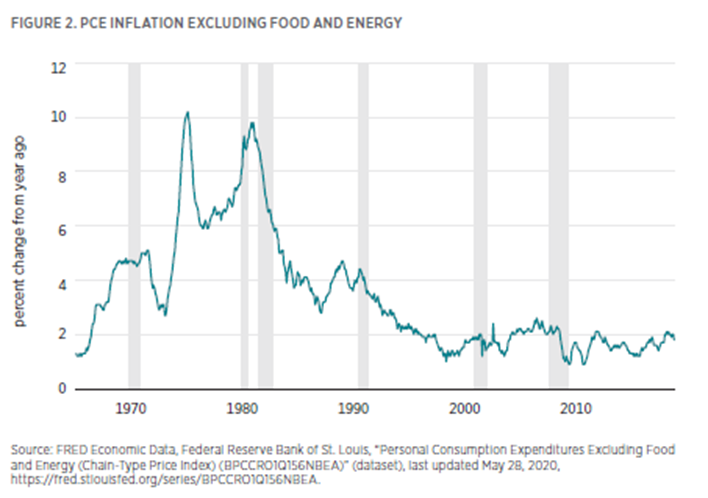Tl,dr: The stuff you thought was settled fact is wrong. There is a lot to unlearn about the recession in order to learn what needs to be learned.
Thread....
mercatus.org/publications/m…
1-
Wrong Lesson: Too much money and credit led to too many overpriced homes.
Right Lesson: Prices were high during the bubble because we lack adequate housing in some important places. We needed more homes, not fewer.
Wrong Lesson: A mortgage crackdown was necessary to bust a housing bubble.
Right Lesson: Lending policy should be countercyclical. Lending regulations have been pro-cyclical, employment killing, and wealth destroying.
Wrong Lesson: The Fed should be in the business of keeping asset prices low because low interest rates are creating financial bubbles.
Right Lesson: This mindset caused the Great Recession. The Fed should target stable NGDP growth.
Scott will have a book soon that goes into more details on the monetary side of this.
I have a book out now that goes into more details on the housing side of this.
amazon.com/Shut-Out-Short…

















